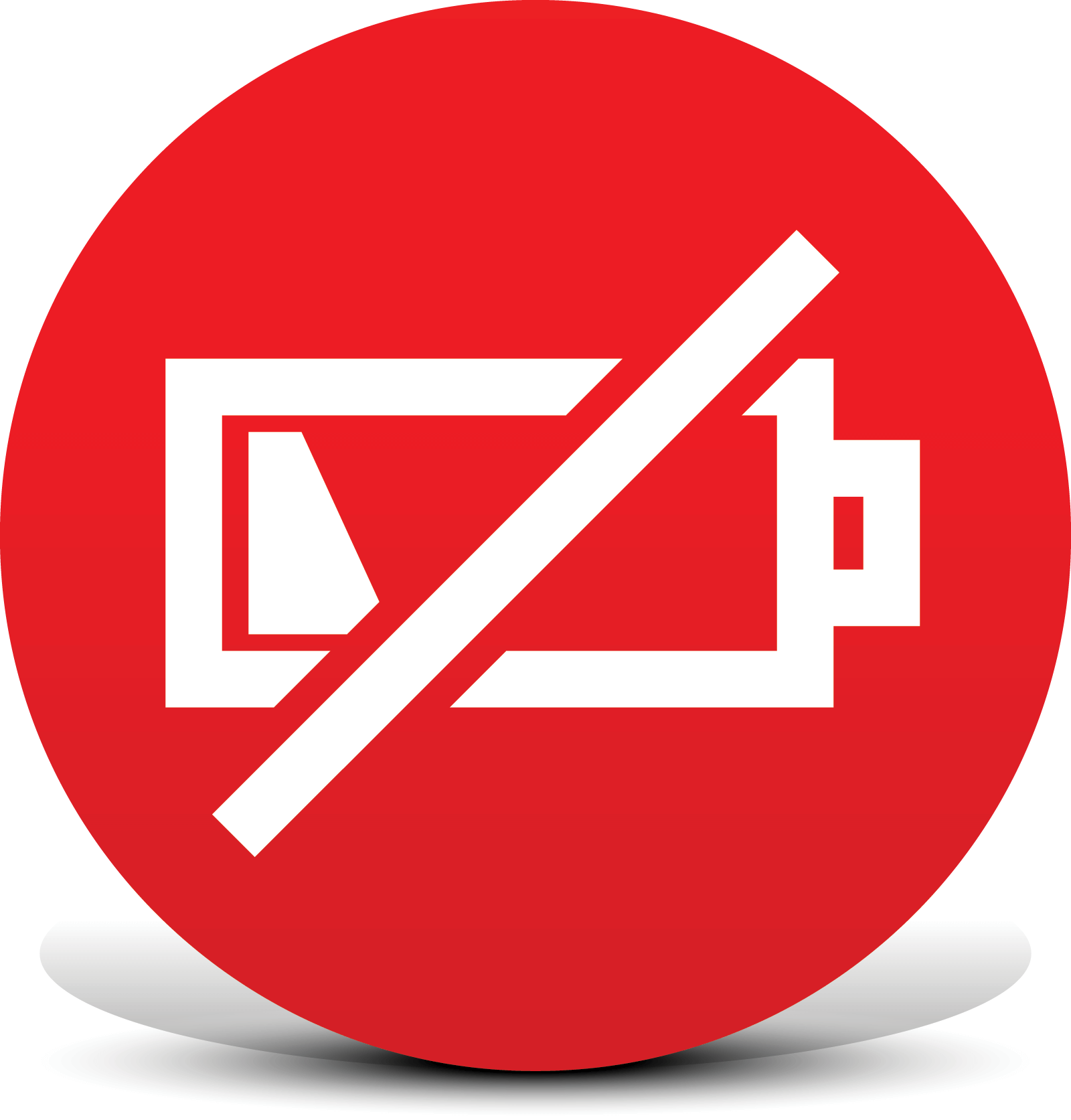Today’s hearing aids are incredible feats of engineering that pack a lot of technological features into a petite package, but they require power to perform. They need batteries that are both small and powerful. Can rechargeable batteries deliver this combination? Manufacturers certainly believe so. There are currently three kinds of rechargeable batteries for hearing aids available.
Nickel-Metal Hydride Rechargeable Batteries
Until fairly recently, most rechargeable batteries for hearing aids were nickel-metal hydride, or NiMH, batteries. On the positive side, these batteries employ a time-tested technology that has been used in hearing aids for more than a decade. They are often charged while in the hearing aid, so there’s no need for frequent fiddling with tiny batteries and devices.
Unfortunately, NiMH batteries have a low energy density when compared to popular zinc-air disposable hearing aid batteries. As a result, they won’t last as long before they need recharging. In fact, NiMH batteries generally cannot match the energy needs of today’s power-hungry digital hearing aids. Even when fully charged, an NiMH battery is not able to deliver enough power to operate most modern hearing aids for a full day. Another issue is that NiMH batteries have a tendency to lose capacity over time, so the period of time that the battery can power a hearing aid tends to shrink as the battery ages. Generally, rechargeable NiMH hearing aid batteries need to be replaced every year.
Silver-Zinc Rechargeable Batteries
Silver-zinc rechargeable batteries for hearing aids are a newer technology, and they hold a great deal of promise. For starters, they have a high energy density and deliver enough power for 24 hours of continuous use on a single charge. What if you forget to charge the battery and discover you’re running low in the middle of the day? Silver-zinc hearing aid batteries are removable, so you can be charging one battery while using a different one to power your hearing aids. You can even swap in a disposable battery and continue to use your hearing aid if you need to charge your silver-zinc rechargeable hearing aid battery. Plus, silver-zinc battery systems are backward compatible. They can not only be used in hearing aids specifically designed for silver-zinc batteries but also for other models that have been adapted to accept this type of battery.
What about safety? Silver-zinc rechargeable batteries are non-toxic and very stable. As an added bonus, they are completely recyclable, which is important because they don’t last forever. Silver-zinc rechargeable batteries for hearing aids generally need to be replaced once a year.
Lithium-Ion Rechargeable Batteries
Lithium-ion rechargeable batteries power smartphones, tablets, laptops, and even various medical devices, including certain hearing aids. They have a high energy density and a small footprint, so they can seem like an ideal choice for a hearing aid. In fact, lithium-ion rechargeable batteries can be expected to deliver enough power for 24 hours of continuous use for hearing aid wearers. Do you hate fumbling to change tiny batteries? Lithium-ion batteries come in sealed cases that are incorporated into the hearing aid. They are not removable, so there’s no need to struggle with getting a small disc into the appropriate slot in your device. You simply place the whole hearing aid on a charge.
Unfortunately, these batteries do have a few limitations. For example, the fact that they come sealed into the device means that they can only be used in devices designed for this type of battery. Also, while the sealed case may offer convenient charging for the user, the reason behind it can be unsettling. Lithium-ion batteries do contain toxic components, and when damaged, they can present a serious fire hazard. Sealing the battery into the case protects the battery and the user. It also means that the entire hearing aid must be sent back to the manufacturer when the battery reaches the end of its lifespan. While the battery is being replaced, the user will have to do without their device. However, lithium-ion batteries are often still going strong even after six years, so it’s not a problem that will arise frequently.
Rechargeable hearing aid batteries deliver a lot of power for their tiny size. They can also offer extra convenience and the comfort of knowing that you’re using environmentally friendly technology. Although they may have a higher initial price tag, many users find that the cost is ultimately either equal to or less than what they would spend if they opted for disposable batteries. Would rechargeable batteries work for you? The professionals at Sound Relief Hearing Center can help you decide. Contact us today to schedule an appointment.
At Sound Relief Tinnitus & Hearing Center, we provide hope and help to those living with tinnitus and other hearing health issues. Our patients are at the center of everything we do, and we strive to guide them to overcome their challenges by delivering innovative and compassionate healthcare.
Dr. Julie Prutsman, owner of this family-owned practice, has expanded to 9 locations across Colorado and Arizona. In 2012, she founded Sound Relief in her hometown of Highlands Ranch, Colorado and continues to foster their mission through mentorship of the brightest minds in the field of Audiology.

